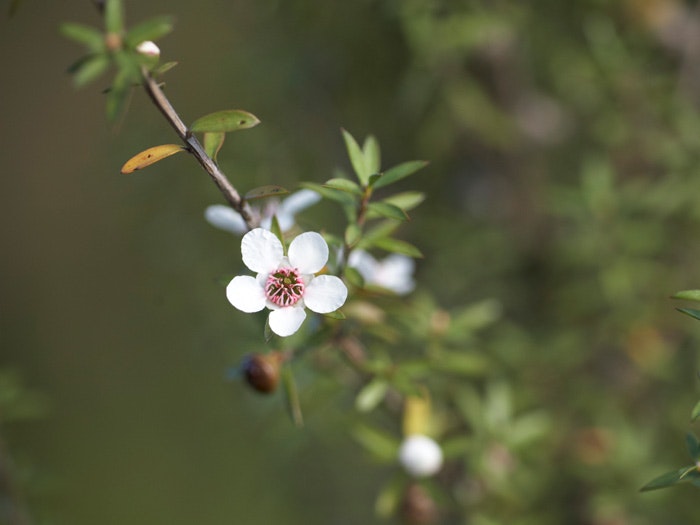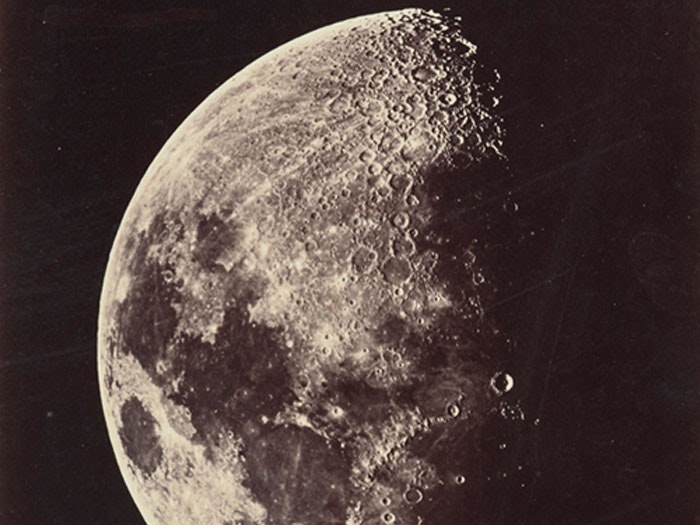
Nights in the Maramataka | the Māori lunar month
Discover the nights in the Māori lunar month, and the activities related to them.
Free museum entry for New Zealanders and people living in New Zealand
Open every day 10am-6pm
(except Christmas Day)
Free museum entry for New Zealanders and people living in New Zealand
Before the arrival of metal tools and the gun, Māori used natural resources to make tools for hunting, fishing, eeling, and cultivating crops.
Various types of wood were used for making waka kererū (wood pigeon snares), paepae kiore (rat snares), and gardening tools.
Aka (supplejack) was used to make hīnaki and tāruke (crayfish pots).
The bark of trees such as mānuka formed part of snares.
Harakeke was used for bindings, and for ropes and cord for fishing lines and nets.
Bird and whale bones were made into matau and spear points.
Homage was paid to the various gods and goddesses before, during, and after making tools, and during the food-gathering processes. Māori also adhered strongly to the maramataka Māori, which they used as a guide for times to fish, go eeling, hunt, and plant.
When metal tools and the gun arrived, many traditional food-gathering methods and tools changed. However, there has been a major revival of traditional food-gathering methods over the past 30 or so years, and many books have been written about these methods.
The outer skin of rimurapa (bull kelp) is airtight. Air is trapped in the honeycomb-like structure inside each blade. Food preserved inside a pōhā can be kept safely for up to two or three years.
Traditional pōhā (bull kelp bags) are still used today by South Island Māori to preserve many types of food, and to transport preserved food from one area to another.
Each year, the Ngāi Tahu iwi of the South Island harvest tītī and store them in traditional pōhā.
In January or February, the rimurapa blades are gathered, cut to the right length, and hollowed out.
In March, the pōhā hau (hollowed-out blades) are inflated and placed outside to soften in the night dew.
The pōhā are rolled up, ready to be taken to the Tītī Islands for the start of the muttonbird season in April.
To prepare and store the tītī, Ngāi Tahu:
wrap the birds in pouaka (fescue grass)
leave them in a trench for a few days
soak them in an ipu (wooden bowl) in water heated by hot stones until the fat has seeped out and lies at the bottom
place the birds in pōhā and cover them with their own fat
plug the top of the pōhā with a wooden plug
protect the outside of the pōhā with kiri tōtara (tōtara bark)
place the whole pōhā in a flax kete and bind it.
The finished pōhā has a distinctive shape designed to be easily thrown and caught – there are no beaches on which to land supplies on the Tītī Islands. Pōhā are often made to hold up to 110 birds, although the average size holds 40 to 50.
Pōhā were used to carry fresh water.
Pōhā mata (fresh kelp bags that have not been dried) were used to enclose food as it cooked in an umu (earth oven).
Pōhā were used in the propagation of seafood – a process called whakawhiti kaimoana. Live seafood (shellfish, starfish, and pāua) would be put in pōhā, taken to a new area, and placed in the sea. Special slits in the sides of the pōhā would open up, letting the seafood escape to seed the new area and attract others of its species.
There are stories of Ngāi Tahu using pōhā for surfing, long before the arrival of surfboards! They would take two pōhā, blow them up tight, tie them together, then put the string over their necks and a pōhā under each arm. They could paddle out to sea and come back in over the breakers like a bird. This sport was called kauai or kaukau.
Pōhā were also used to protect the body when gathering seafood on the open coast. They were worn over the torso or other limbs like wetsuits, or made into sandals to be worn on the rocks while fishing or gathering seafood.
Pōhā is an ancient Polynesian word that is still used throughout the Pacific. In Tonga, the word ‘puha’ means a container, carton, box, or other means of storage. In Te Wai Pounamu (New Zealand’s South Island), this word gradually became pōhā.
Video: Tales from Te Papa – ‘A Seaweed Pantry’
Māori caught kiore (Māori rat or Mus exulans) by the setting of paepae kiore (rat snares). The snares are made from mānuka bark, aka pirita (supplejack), and muka (flax fibre). They were baited with kūmara (sweet potato) and set on a kiore track. When a kiore entered the opening of the paepae kiore to eat the bait, its head would be caught in a snare that tightened around its neck, and its foot would trigger a spring that jerked its head up and strangled it.
When many kiore had been caught, they were skinned, cooked, and preserved in their own fat in taha huahua (gourds) until needed. The kiore were usually in good condition for catching and eating during late autumn and winter, and were a high-protein delicacy.
Waka kererū (pigeon trough, snare), 19th century, North Island, maker unknown. Te Papa (ME001973)
Kererū and tūī were often snared after feeding on the berries of the maire, uwha, houhou, miro, and mako trees. They would become thirsty and head for the nearest water, where a waka kererū, wai tuhi, or wai taeke (various kinds of pigeon snares) was waiting.
Waka kererū were made out of blocks of wood, usually tōtara, which were carved out. A pair of mānuka sticks was placed at each end of the wood blocks, and harakeke (flax) snares suspended between the sticks. The snares were then placed in the trees, ready for thirsty kererū. A kererū would go to the waka kererū to drink, place its head through one of the flax loops, and, as it lowered its head, the noose would tighten, ensnaring the bird. Kererū would then be cooked and preserved in their own fat in taha huahua (gourds).
During snaring season, fowlers would go out at dawn, check the snares, remove any captured birds, and reset the snares again. If kererū were plentiful, this would be done twice a day.
Waka kererū (pigeon trough, snare), 19th century, North Island, maker unknown. Te Papa (ME001973)
Tāruke (crayfish pot), 2000, by John Puketapu. Te Papa (ME022091)
John Phillip Puketapu, a kaumātua (elder) from Taranaki Whānui ki Te Upoko o Te Ika, made this tāruke (crayfish pot) for Te Papa.
John was a teenager during the Depression (1929–39). As they had so little money, John’s parents and extended family used traditional Māori ways of gathering food. John says tāruke were used to catch many varieties of seafood besides crayfish, such as conga eels and fish.
This tāruke is made from the pakiaka (aerial root) of the kiekie, which is found growing in trees in the bush, and aka pirita (supplejack). Once John had enough pakiaka, they were boiled in an oil drum for an hour to loosen their thick bark. The bark was then easily removed by being pulled through a forked stick. The pakiaka were mostly used for the bindings of the tāruke and needed to be kept in water to stay flexible. However, the aka pirita was kept dry.
Tāruke (crayfish pot), 2000, by John Puketapu. Te Papa (ME022091)

Discover the nights in the Māori lunar month, and the activities related to them.

Rongoā Māori is the traditional Māori healing system. Ailments are treated in a holistic manner.

In the traditional Māori Maramataka, or lunar calendar, the new year begins with the first new moon following the appearance of Matariki (Pleiades) on the eastern horizon. Usually this takes place in the period June-July.